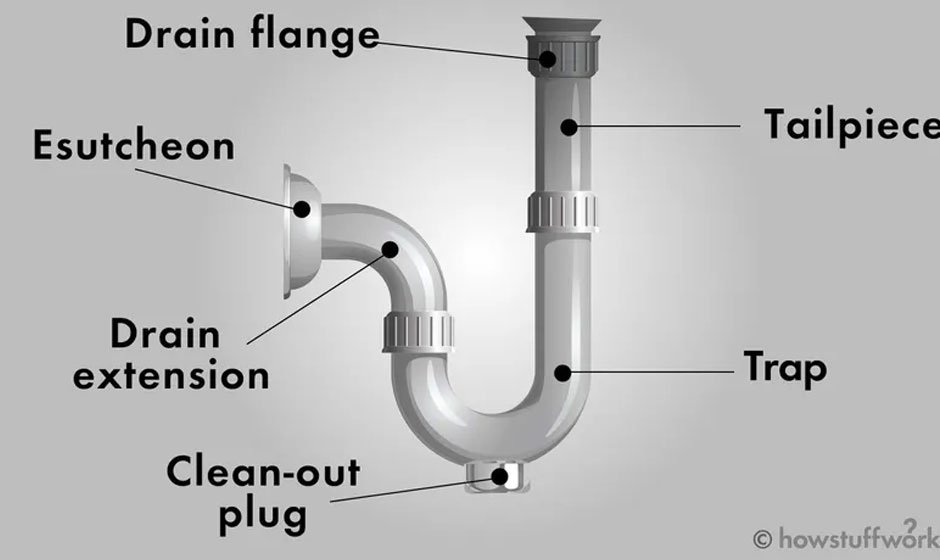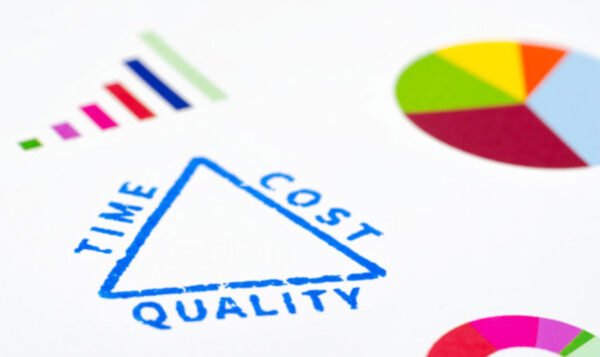What are the basic plumbing fixtures?

The useful and frequently ornamental parts of a plumbing system that deliver water, manage waste, and maintain hygienic conditions in a house are known as plumbing fixtures. These fixtures serve paramount purposes in kitchens, baths, and utility rooms, making them indispensable to our everyday existence. We’ll go over the typical plumbing fittings found in most homes, their purposes, and the importance of choosing the appropriate fixtures for your needs.
Typical plumbing fittings found in most homes
1. Faucets:
Faucets are among the most frequently used plumbing fixtures in any home. They provide hot and cold water access and are paramount in kitchens, bathrooms, and laundry rooms. Faucets arrive in diverse styles, including single-handle, double-handle, and touchless designs. They are comprehended for different finishes, such as chrome, stainless steel, and brushed nickel, allowing homeowners to choose fixtures that complement their aesthetic preferences. Faucets are paramount in delivering water for cooking, cleaning, and personal hygiene, making them a fundamental part of everyday life.
2. Sinks:
Sinks are a paramount component of kitchens and bathrooms. They are used for various tasks, including washing dishes and hands and preparing food. Sinks arrive in diverse styles, including under-mount, drop-in, and vessel sinks, and they are made from materials like stainless steel, porcelain, and composite. Choosing the right sink is paramount to match the functionality and aesthetics of the space. In the kitchen, a deep, double-basin sink may be preferred for handling large cookware, while in the bathroom, a sleek, pedestal sink can save space and create a minimalist look.
3. Toilets:
Toilets are indispensable plumbing fixtures found in bathrooms. They are designed to efficiently dispose of human waste through a connected sewer or septic system. Modern toilets often incorporate water-saving technology, such as dual-flush mechanisms that allow users to control the water used for flushing. The selection of a toilet is not only about its functionality but also its water efficiency and style. Some homeowners opt for wall-mounted toilets to assemble a sleek, contemporary look, while others prefer traditional floor-mounted models.
4. Bathtubs and Showers:
Bathtubs and showers are fixtures earmarked for personal hygiene and relaxation. Bathtubs provide a place for soaking and are known in various shapes and sizes, including alcove, freestanding, and corner tubs. Showers offer a quick and efficient way to cleanse the body and are equipped with diverse features such as rain showerheads, handheld sprayers, and body jets. Choosing between a bathtub and a shower often depends on individual preferences and the available space in the bathroom. Many modern bathrooms combine both, offering flexibility for different bathing experiences.
5. Water Heaters:
Water heaters are paramount fixtures that provide hot water for various household tasks, including bathing, cleaning, and cooking. There are two primary types of water heaters: tankless and tank-style. Tankless water heaters heat water on demand, delivering energy efficiency and endless hot water. Tank-style water heaters store and heat water continuously, ensuring a constant supply of hot water. The choice between these two types depends on factors like household size, water usage patterns, and energy efficiency goals.
6. Dishwashers and Washing Machines:
Dishwashers and washing machines are fixtures that streamline household chores. Dishwashers clean and sanitize dishes and utensils, saving time and water compared to hand washing. Washing machines launder clothing, bedding, and other textiles efficiently. These fixtures connect to water supply lines and drainage systems to perform their tasks. Many modern dishwashers and washing machines are designed with water and energy-saving features to reduce environmental impact and utility costs.
7. Garbage Disposals:
Garbage disposals are fixtures installed in kitchen sinks to grind and dispose of food scraps. They help reduce kitchen waste and minimize odors by disposing of organic matter down the drain. Garbage disposals are typically connected to the drainage system and require proper maintenance to stem clogs and ensure optimal functionality.
8. Utility Sinks:
Utility sinks, also comprehended as laundry sinks or mop sinks, are fixtures used in utility rooms, basements, or garages. They are designed for tasks that demand large volumes of water, such as washing large items, gardening, or cleaning. Utility sinks are typically deep and durable, capable of handling various heavy-duty tasks.
Plumbing fixtures are the backbone of a functional home, providing water supply and drainage for paramount daily tasks. From faucets to sinks, toilets to bathtubs, and water heaters to dishwashers, these fixtures are integral to our modern way of life. Selecting the right fixtures based on your household’s needs, water efficiency goals, and aesthetic preferences is paramount. Whether you’re renovating a bathroom, updating your kitchen, or building a new home, understanding the role and importance of each plumbing fixture is paramount for creating a comfortable and efficient living space. Plumbing fixtures enhance our daily routines and improve our homes’ functionality and appeal. Finding a good plumber in Portland can save you time and stress when addressing plumbing issues in your home or business.



